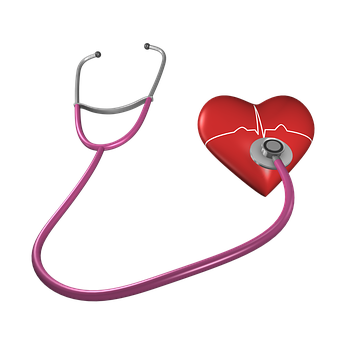HDL and LDL are important subjects when discussing cholesterol. More than 100 million adults in the United States have high cholesterol, according to the Centers for Disease Control and Prevention, and 35 million of these Americans have levels high enough to put them at significant risk for developing heart disease. The connection between HDL and LDL levels indicate a person's chance for cardiovascular disease.
Transport
Your liver creates most of the cholesterol in your body. You consume the rest in the food you eat. Every cell membrane in your body contains cholesterol. Blood transports cholesterol to the awaiting cells. But cholesterol is a fat-like waxy substance that does not dissolve well into blood. Cholesterol is packaged onto larger biochemical particles called lipoproteins. Lipoproteins contain proteins which allow them to be soluble in blood. The biochemical connection between HDL and LDL lies in their ability to transport cholesterol through the blood.
LDL
Low-density lipoprotein, or LDL, carries some of the cholesterol through the bloodstream. LDL carries cholesterol from the liver to the cells of the body, including the cells that line the interior walls of blood vessels. Excess cholesterol and other fatty substances build up inside blood vessels. Accumulation prevents blood from flowing properly, denying vital organs --- including the heart --- the oxygen-rich blood they need to function. LDL increases the risk for heart disease because it brings more cholesterol to already clogged arteries.
HDL
LDL raises the amount of cholesterol in the blood and HDL reduces cholesterol levels. High-density lipoproteins scrape cholesterol from arterial walls and transport it back to the liver for processing. HDL carries approximately one-third to one-fourth of cholesterol in the blood, according to the American Heart Association. The function of balancing cholesterol levels serves as a connection between HDL and LDL.
Risk Assessment Tools
HDL and LDL serve as predictors for heart disease risk. Low LDL and high HDL levels are healthy. LDL below 100 mg/dL is best and levels above 160 mg/dL are poor. HDL above 60 mg/dL provides the most protection against heart disease. Women with HDL below 50 mg/dL and men whose HDL is lower than 40 mg/dL are at higher risk for cardiovascular disease. LDL and HDL values are sometimes used in a ratio to predict risk. A ratio greater than 3-to-1 suggests an increased risk for developing heart disease.
Treatment Connection
Treatment plans for HDL and LDL are connected. Both include changes to diet, exercise, lifestyle and medications. A low fat, low cholesterol diet improves both HDL and LDL levels. Increased exercise and smoking cessation also decrease the risk for heart disease connected with HDL and LDL. Finally, HDL and LDL share a connection in the medications prescribed to treat them. Niacin and fibrates raise HDL and lower LDL.
References
Centers for Disease Control and Prevention: September is National Cholesterol Education Month
American Heart Association: Cholesterol

Thanks for using eSteem!
Your post has been voted as a part of eSteem encouragement program. Keep up the good work! Install Android, iOS Mobile app or Windows, Mac, Linux Surfer app, if you haven't already!
Learn more: https://esteem.app
Join our discord: https://discord.gg/8eHupPq
Downvoting a post can decrease pending rewards and make it less visible. Common reasons:
Submit